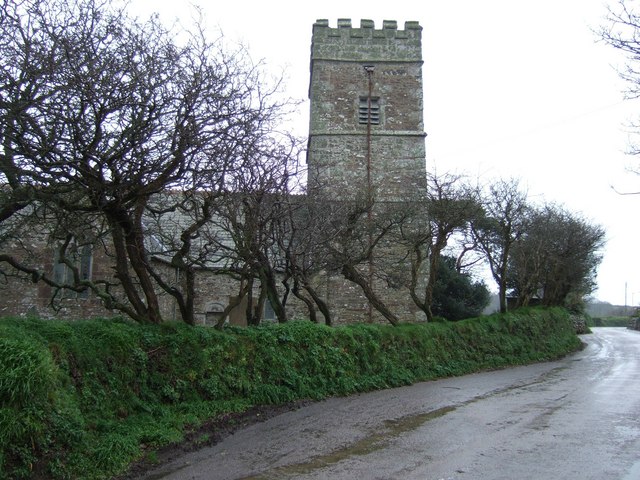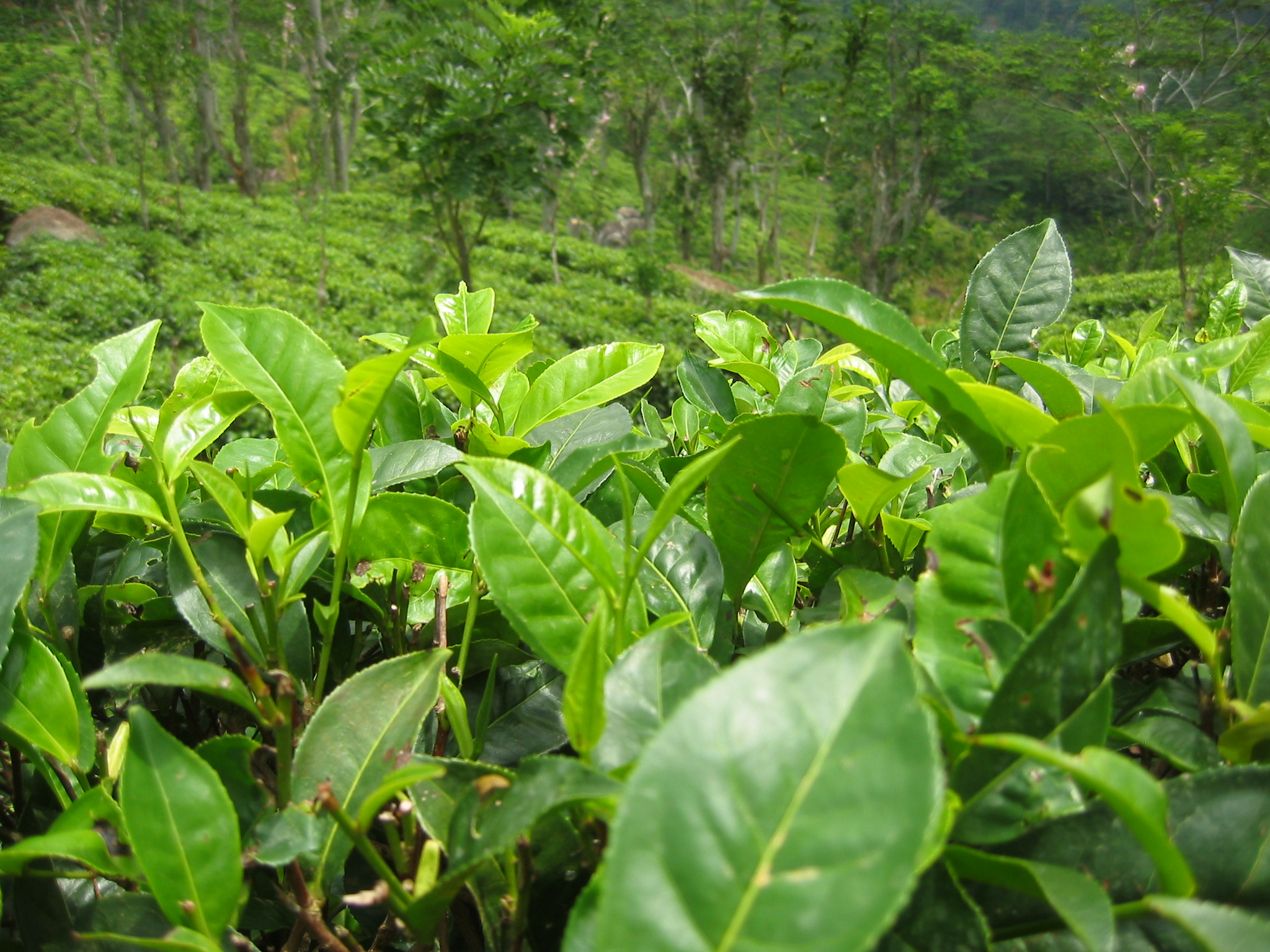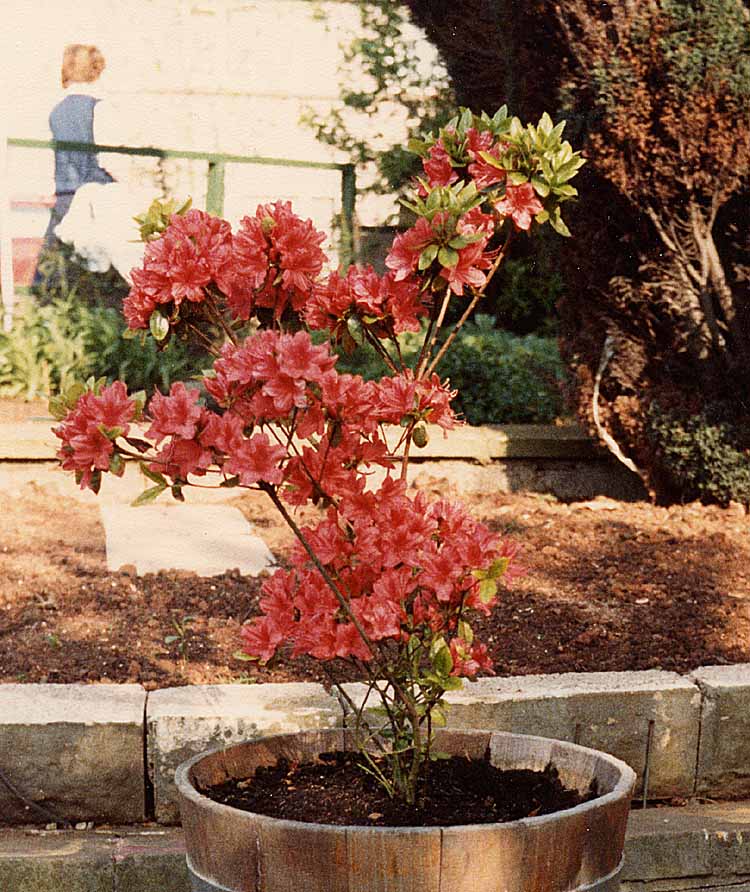|
Caerhays Castle
Caerhays Castle or Carhayes Castle (translation of ''caerhays'' into English: "enclosed castle") is a semi-castellated country house built in 1808, south of the village centre, St Michael Caerhays, Cornwall, England. It overlooks Porthluney Cove on the English Channel. The garden has a large collection of magnolias. History In the Early Middle Ages, the manor belonged to the Arundell family. The earliest record of the name is ''Karihaes'' in 1259, and is recorded as ''Carihays'' in 1379, but its original meaning is obscure. In about 1379, it passed by marriage to the Trevanion family after the marriage of Robert Trevanion to Johanna Arundell, daughter and heiress of Rudolph Arundell of Caerhays. John Trevanion inherited the estate in 1703 after which he improved the manor house existing on the site and developed gardens. With the death of William Trevanion in 1767, the estate passed to his sister's son, John Bettesworth. John's son, John Bettesworth-Trevanion, built the presen ... [...More Info...] [...Related Items...] OR: [Wikipedia] [Google] [Baidu] |
Grade I Listed Buildings In Cornwall ...
There are approximately 372,905 listed historic buildings in England and 2.5% of these are Grade I. This article comprises a list of these buildings in the county of Cornwall. Cornwall Isles of Scilly Notes See also *Grade II* listed buildings in Cornwall * :Grade I listed buildings in Cornwall References External links * {{DEFAULTSORT:Grade I Listed Buildings in Cornwall Cornwall Cornwall (; kw, Kernow ) is a historic county and ceremonial county in South West England. It is recognised as one of the Celtic nations, and is the homeland of the Cornish people. Cornwall is bordered to the north and west by the Atlantic ... [...More Info...] [...Related Items...] OR: [Wikipedia] [Google] [Baidu] |
St Michael Caerhays
St Michael Caerhays ( kw, Lannvihal) is a civil parish and village in Cornwall, England, United Kingdom. The village is about seven miles (11 km) south-southwest of St Austell. The population as of the 2011 census was 96 St Michael Caerhays lies within the Cornwall Area of Outstanding Natural Beauty (AONB). The ecclesiastical parish was a chapelry of St Stephen in Brannel until 1832. From the 16th century the Rectors of St Stephen resided here so the church of St Michael came to be regarded as the mother church. The church is Norman but the Lady Chapel was added in the 15th century by the Trevanions and it contains their monuments. Their home was on the site of Caerhayes Castle. Caerhays Castle, a picturesque castellated mansion, is situated half-a-mile south of the village and was built by John Nash for J. B. Trevanion in 1808.Pevsner, N. (1970) ''Cornwall''; 2nd ed. Penguin; p. 192 Notable people George Martin was a priest in the Church of England who gave up his ... [...More Info...] [...Related Items...] OR: [Wikipedia] [Google] [Baidu] |
Plantsman
A plantsman is an enthusiastic and knowledgeable gardener (amateur or professional), nurseryman or nurserywoman. "Plantsman" can refer to a male or female person, though the terms plantswoman, or even plantsperson, are sometimes used. The word is sometimes said to be synonymous with " botanist" or " horticulturist", but that would indicate a professional involvement, whereas "plantsman" reflects an attitude to (and perhaps even an obsession with) plants. A horticulturist may be a plantsman, but a plantsman is not necessarily a horticulturist. Defining the word In the first edition (June 1979) of '' The Plantsman'' (a specialist magazine, published by the Royal Horticultural Society from 1994 until June 2019, when it was announced that the title would be changed to ''The Plant Review''), Sandra Raphael (then a senior editor in the Dictionary Department of the Oxford University Press) contributed a short article on the history and meaning of the word. Her first example came from a ... [...More Info...] [...Related Items...] OR: [Wikipedia] [Google] [Baidu] |
Rebecca (novel)
''Rebecca'' is a 1938 Gothic novel written by English author Daphne du Maurier. The novel depicts an unnamed young woman who impetuously marries a wealthy widower, before discovering that both he and his household are haunted by the memory of his late first wife, the title character. A bestseller which has never gone out of print, ''Rebecca'' sold 2.8 million copies between its publication in 1938 and 1965. It has been adapted numerous times for stage and screen, including a 1939 play by du Maurier herself, the film '' Rebecca'' (1940), directed by Alfred Hitchcock, which won the Academy Award for Best Picture, and the 2020 remake directed by Ben Wheatley for Netflix. The novel is remembered especially for the character Mrs Danvers, the West Country estate Manderley, and its opening line: "Last night, I dreamt I went to Manderley again." Plot While working as the companion to a rich American woman on holiday in Monte Carlo, the unnamed narrator, a naïve young woman in ... [...More Info...] [...Related Items...] OR: [Wikipedia] [Google] [Baidu] |
National Plant Collection
The National Plant Collection scheme is the main conservation vehicle whereby the Plant Heritage charity (formerly the National Council for the Conservation of Plants and Gardens) can accomplish its mission: to conserve, grow, propagate, document and make available the resource of garden plants that exists in the United Kingdom. With the National Plant Collections, individuals or organisations undertake to document, develop, and preserve a comprehensive collection of one group of plants in trust for the future. Most of the collections are composed of a related group, for example, a collection of oaks or daffodils. This allows the scheme to develop systematic coverage of cultivated plants in the United Kingdom. A few National Collections are of plants introduced by a prolific nursery or plant hunter; for example, the Sir Harold Hillier Gardens and Arboretum hold a collection of Hillier's introductions. Collection holders voluntarily subscribe to the scheme's ideals and stringen ... [...More Info...] [...Related Items...] OR: [Wikipedia] [Google] [Baidu] |
Plant Heritage
Plant Heritage, formerly known as the National Council for the Conservation of Plants and Gardens (NCCPG), is a botanical conservation organisation in the United Kingdom and a registered charity. It was founded in 1978 to combine the talents of botanists, horticulturalists and conservationists with the dedication of keen amateur and professional gardeners. The mission statement of the organisation declares that "The NCCPG seeks to conserve, document, promote and make available Britain and Ireland's rich biodiversity of garden plants for the benefit of everyone through horticulture, education and science." Specifically, the aims of the organisation are to: * encourage the propagation and conservation of endangered garden plants in the British Isles, both species and cultivars; * encourage and conduct research into cultivated plants, their origins, their historical and cultural importance and their environments; and * encourage the education of the public in garden plant conserva ... [...More Info...] [...Related Items...] OR: [Wikipedia] [Google] [Baidu] |
Rhododendron
''Rhododendron'' (; from Ancient Greek ''rhódon'' "rose" and ''déndron'' "tree") is a very large genus of about 1,024 species of woody plants in the heath family (Ericaceae). They can be either evergreen or deciduous. Most species are native to eastern Asia and the Himalayan region, but smaller numbers occur elsewhere in Asia, and in North America, Europe and Australia. It is the national flower of Nepal, the state flower of Washington and West Virginia in the United States, the state flower of Nagaland in India, the provincial flower of Jiangxi in China and the state tree of Sikkim and Uttarakhand in India. Most species have brightly colored flowers which bloom from late winter through to early summer. Azaleas make up two subgenera of ''Rhododendron''. They are distinguished from "true" rhododendrons by having only five anthers per flower. Species Description ''Rhododendron'' is a genus of shrubs and small to (rarely) large trees, the smallest species growing to ... [...More Info...] [...Related Items...] OR: [Wikipedia] [Google] [Baidu] |
Camellia
''Camellia'' (pronounced or ) is a genus of flowering plants in the family Theaceae. They are found in eastern and southern Asia, from the Himalayas east to Japan and Indonesia. There are more than 220 described species, with some controversy over the exact number, and also around 3,000 hybrids. The genus was named by Linnaeus after the Jesuit botanist Georg Joseph Kamel, who worked in the Philippines and described a species of camellia (although Linnaeus did not refer to Kamel's account when discussing the genus). Of economic importance in East Asia, Southeast Asia, and the Indian subcontinent, leaves of '' C. sinensis'' are processed to create the popular beverage tea. The ornamental '' C. japonica'', '' C. sasanqua'' and their hybrids are the source of hundreds of garden cultivars. '' C. oleifera'' produces tea seed oil, used in cooking and cosmetics. Descriptions Camellias are evergreen shrubs or small trees up to tall. Their leaves are alternately arranged, ... [...More Info...] [...Related Items...] OR: [Wikipedia] [Google] [Baidu] |
Azalea
Azaleas are flowering shrubs in the genus ''Rhododendron'', particularly the former sections '' Tsutsusi'' (evergreen) and '' Pentanthera'' (deciduous). Azaleas bloom in the spring (April and May in the temperate Northern Hemisphere, and October and November in the Southern Hemisphere), their flowers often lasting several weeks. Shade tolerant, they prefer living near or under trees. They are part of the family Ericaceae. Cultivation Plant enthusiasts have selectively bred azaleas for hundreds of years. This human selection has produced over 10,000 different cultivars which are propagated by cuttings. Azalea seeds can also be collected and germinated. Azaleas are generally slow-growing and do best in well-drained acidic soil (4.5–6.0 pH). Fertilizer needs are low. Some species need regular pruning. Azaleas are native to several continents including Asia, Europe and North America. They are planted abundantly as ornamentals in the southeastern US, southern Asia, and part ... [...More Info...] [...Related Items...] OR: [Wikipedia] [Google] [Baidu] |
Folly Tower
A folly tower is a tower that has been built as an architectural folly, that is, constructed for ornamental rather than practical reasons. Folly towers are common in Britain and Ireland, and often do have some practical value as landmarks, or as Belvedere (structure), viewpoints, unlike other types of folly. List of folly towers Notes References * ''The Follies Journal''(published annually). The Folly Fellowship. ''Follies''(magazine, published thrice yearly). The Folly Fellowship. . * * External links Follies of Europe{{Webarchive, url=https://web.archive.org/web/20140107193551/http://folliesofeurope.com/ , date=2014-01-07 Folly Fellowship Folly towers, ... [...More Info...] [...Related Items...] OR: [Wikipedia] [Google] [Baidu] |
Battlement
A battlement in defensive architecture, such as that of city walls or castles, comprises a parapet (i.e., a defensive low wall between chest-height and head-height), in which gaps or indentations, which are often rectangular, occur at intervals to allow for the launch of arrows or other projectiles from within the defences. These gaps are termed " crenels" (also known as ''carnels'', or '' embrasures''), and a wall or building with them is called crenellated; alternative (older) terms are castellated and embattled. The act of adding crenels to a previously unbroken parapet is termed crenellation. The function of battlements in war is to protect the defenders by giving them something to hide behind, from which they can pop out to launch their own missiles. A defensive building might be designed and built with battlements, or a manor house might be fortified by adding battlements, where no parapet previously existed, or cutting crenellations into its existing parapet wall. ... [...More Info...] [...Related Items...] OR: [Wikipedia] [Google] [Baidu] |
Norman Architecture
The term Norman architecture is used to categorise styles of Romanesque architecture developed by the Normans in the various lands under their dominion or influence in the 11th and 12th centuries. In particular the term is traditionally used for English Romanesque architecture. The Normans introduced large numbers of castles and fortifications including Norman keeps, and at the same time monastery, monasteries, abbeys, Church (building), churches and cathedrals, in a style characterised by the usual Romanesque rounded arches (particularly over windows and doorways) and especially massive proportions compared to other regional variations of the style. Origins These Romanesque architecture, Romanesque styles originated in Normandy and became widespread in northwestern Europe, particularly in England, which contributed considerable development and where the largest number of examples survived. At about the same time, Hauteville family, a Norman dynasty that ruled in Sicily produce ... [...More Info...] [...Related Items...] OR: [Wikipedia] [Google] [Baidu] |





